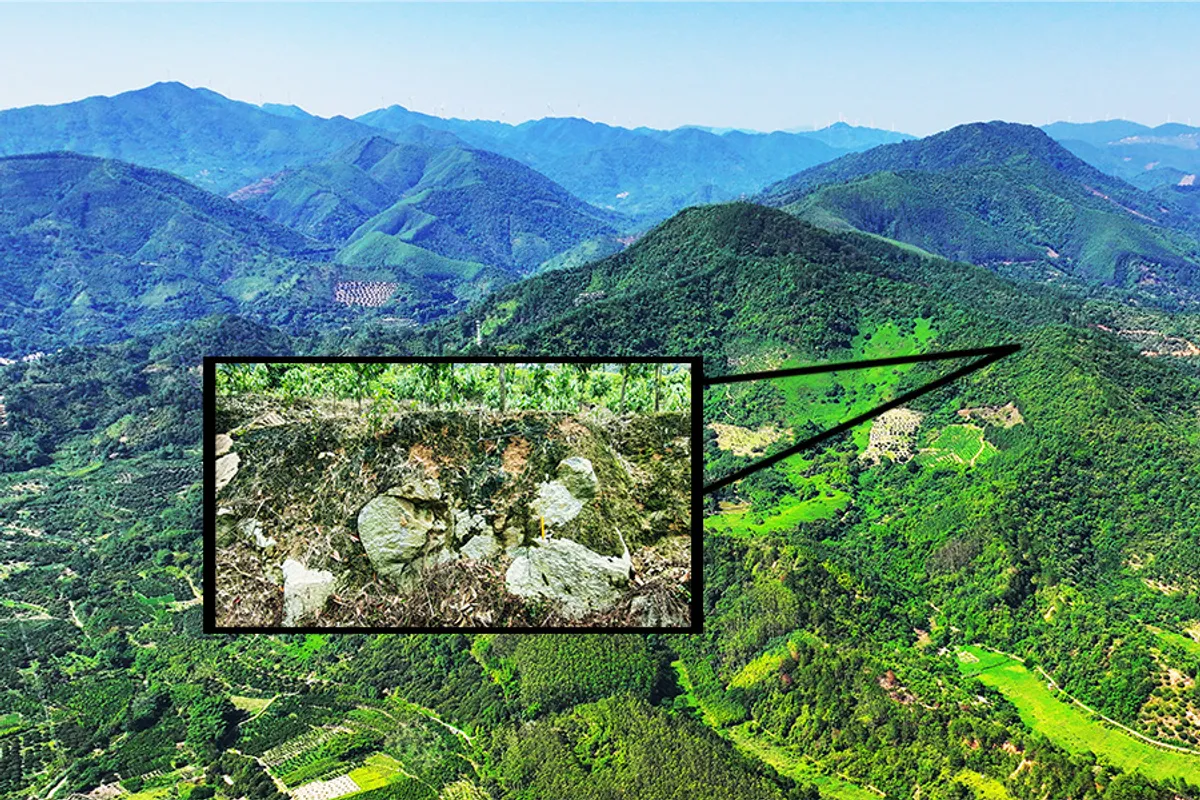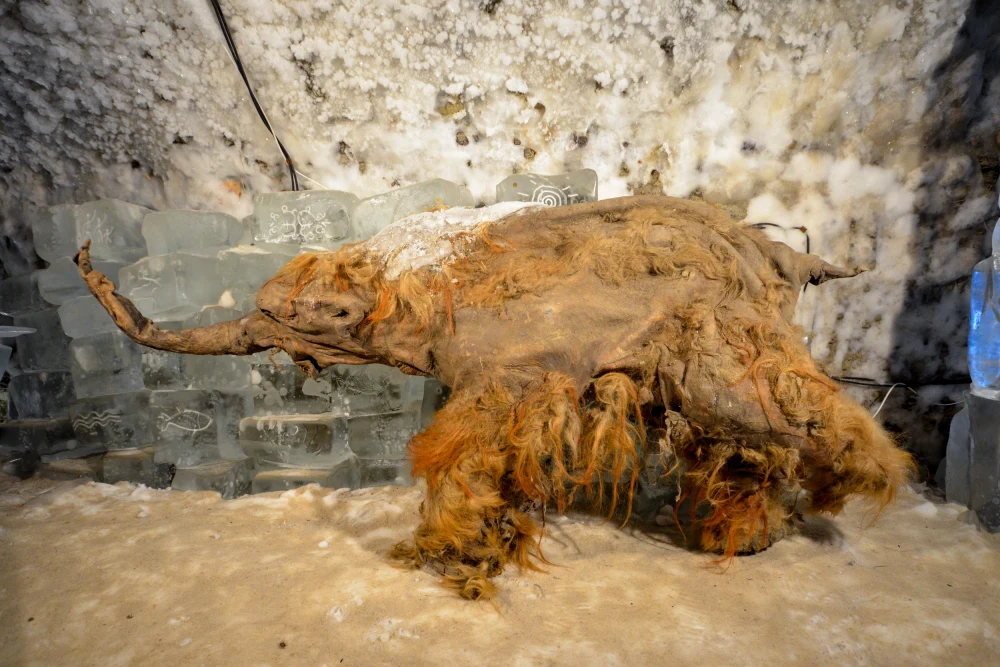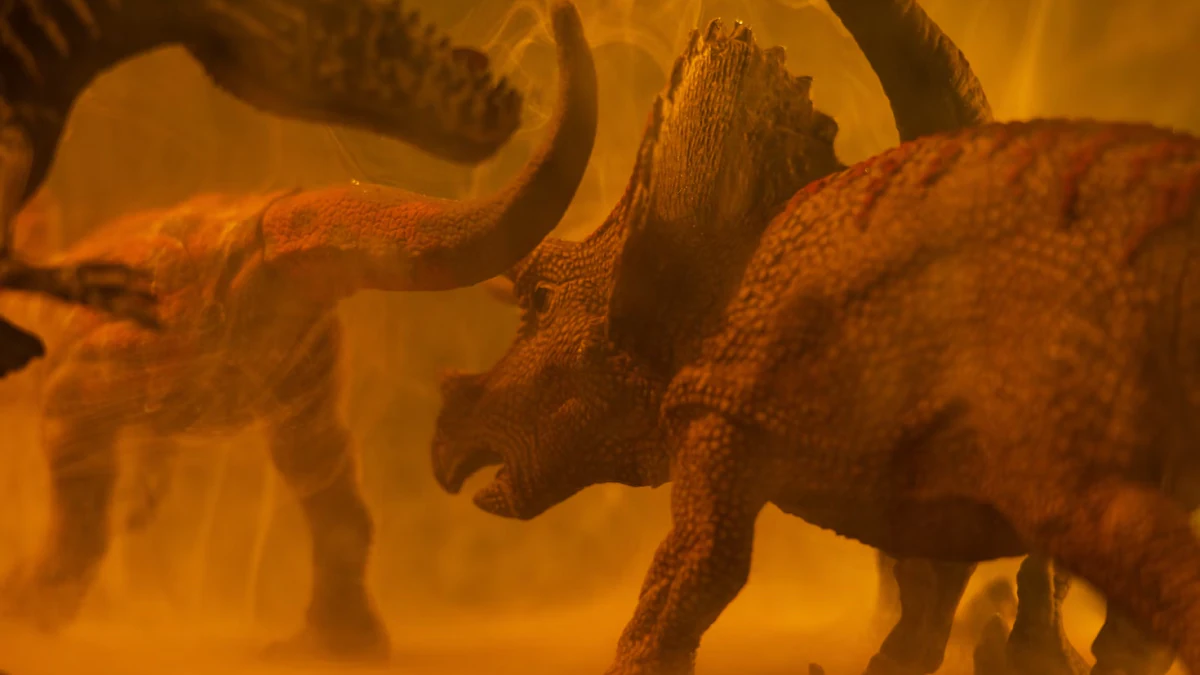Paleontologists have identified a remarkable new species of pterosaur from the Araripe Basin in Brazil, dating back to the Early Cretaceous period. Named Bakiribu waridza, this species was a specialized filter-feeder, adding a new dimension to our understanding of pterosaur diversity and ecology.
Unique Features of the Species
The fossil specimens reveal extremely elongated jaws lined with dense rows of fine teeth, perfectly adapted for filter-feeding. These features are reminiscent of modern animals like flamingos and baleen whales, which strain tiny organisms from water. The specimens also include well-preserved teeth, providing insights into the age and growth of these ancient flying reptiles.
Phylogenetic studies indicate that Bakiribu is closely related to Pterodaustro, forming a specialized branch of filter-feeding pterosaurs within the Ctenochasmatidae family.
Ecological and Evolutionary Significance
- Tropical Distribution: This is the first clear record of a filter-feeding pterosaur in tropical Gondwana, suggesting these animals had a wider geographic range than previously thought.
- Niche Adaptation: The specialized feeding apparatus points to complex aquatic ecosystems in the Araripe Basin, rich with small prey that could sustain large filter-feeding pterosaurs.
- Evolutionary Insights: Bakiribu exhibits intermediate features between earlier pterosaurs and highly specialized filter-feeders, helping trace the evolutionary path within its group.
- Ecosystem Interactions: Fossil evidence suggests these pterosaurs were integrated into a complex food web, possibly subject to predation or scavenging.
The Environment They Lived In
During the Early Cretaceous, the Araripe Basin was a coastal lagoon system with nutrient-rich waters. This environment supported diverse aquatic life, providing an ideal habitat for Bakiribu to thrive as a filter-feeding predator.
Future Research
Scientists aim to uncover more specimens to better understand the growth stages, feeding mechanics, and ecological role of Bakiribu. Further research may also reveal whether similar filter-feeding pterosaurs existed in other tropical regions of Gondwana.
Conclusion
The discovery of Bakiribu waridza highlights the surprising diversity of pterosaurs and their ecological adaptations. It demonstrates how tropical regions supported specialized flying reptiles and enriches our understanding of Mesozoic ecosystems, showing that even well-studied fossil sites can still yield groundbreaking discoveries.
















Leave a Reply